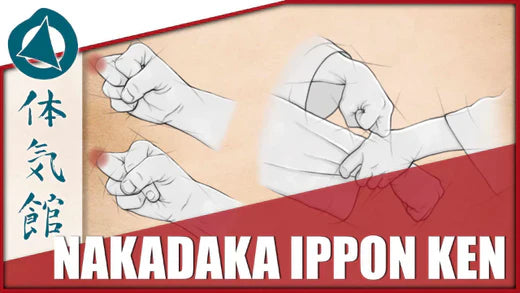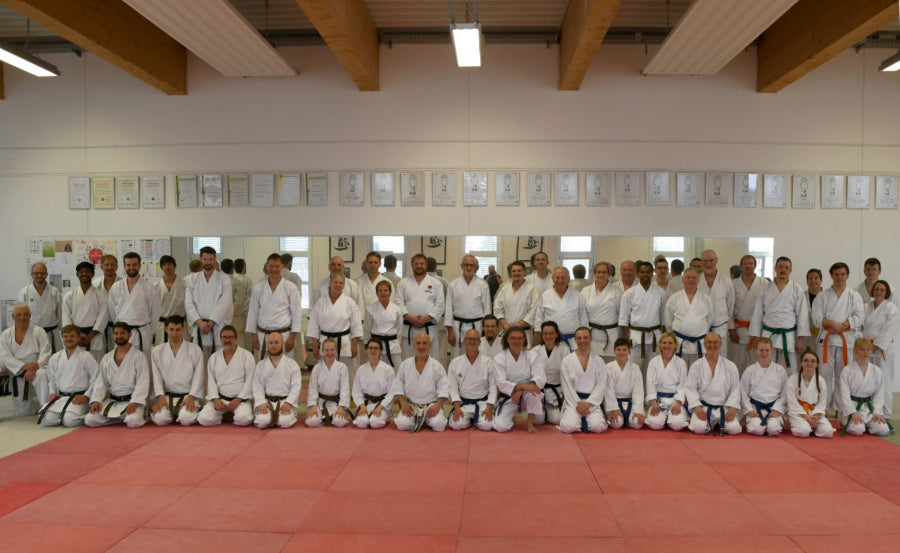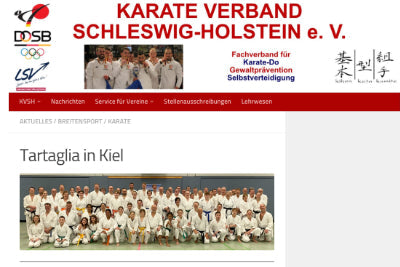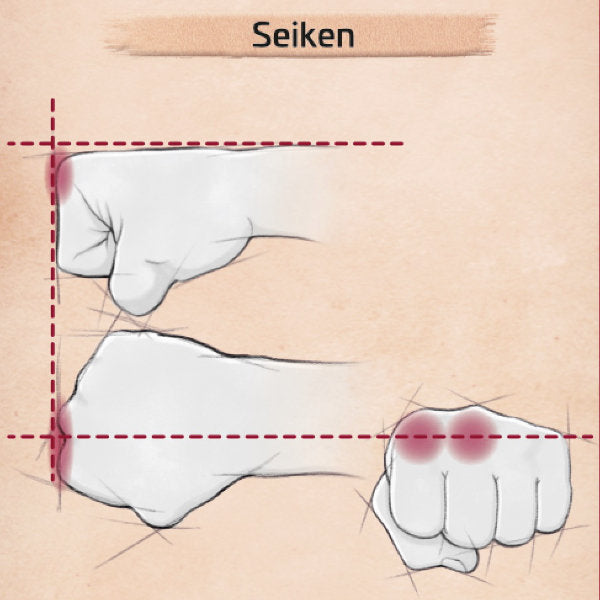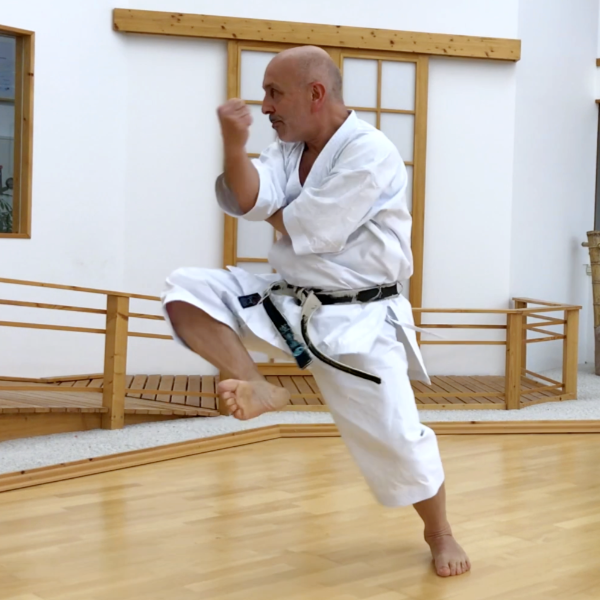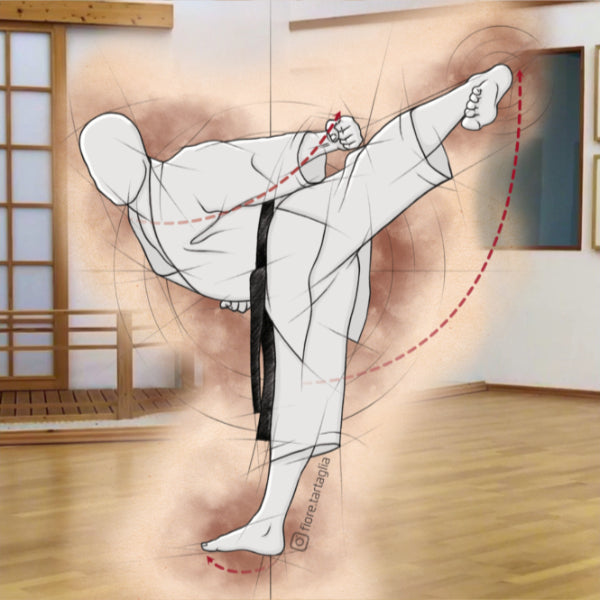HEIAN SHODAN – PEACE AND TRANQUILITY, 1ST STAGE.

The original name of the Heian kata is Pinan. Other karate styles have retained the Pinan designation (Wadō-ryū, Shōrin-ryū, Shitō-ryū).
Peace and quiet
The term "kata" refers to the mental attitude that the karateka develops through constant practice. By mastering the techniques, concepts, and strategies provided by the kata, one can achieve a level of composure and confidence that allows for a calm mental attitude in real combat. This increases the likelihood of victory over a mentally weaker opponent. It is obvious that a relaxed mind enables the implementation of technical and tactical knowledge, which a stressed mind would at least partially block and jeopardize the positive outcome of the fight.
Not just for students
The first basic kata should not be underestimated as either a learning tool for beginners or a benchmark for advanced students. The constant repetition of the main movements offered by Heian shodan must accompany the karateka throughout his life. After many years of practice, one should be careful not to fall into the trap of arrogance by neglecting to practice the first kata. Its execution undergoes a development that reveals the level of maturity of the advanced karateka, even the master. It is also a training in humility.
In Master Nakayama's classic book, which should be in every karateka's library, a student of Master Funakoshi recounts an experiment conducted in the middle of the last century. It analyzed the Oi-zuki technique, which appears seven times in the Heian shodan. This fist technique, performed by an expert at the 4th dan level, develops a force of up to 700 kg, concentrated on the surface of the knuckles of the index and middle fingers! From this, one can easily see the effect of repetition and, with it, the importance of practicing both techniques and kata (even the basic ones) repeatedly.
The first part of the Heian series
Heian shodan is the first kata of the “Heian series”, which consists of a total of five kata.
The Heian contains the most important basic techniques of the Shōtōkan school.
Heian shodan primarily teaches the two most important stances (Zenkutsu dachi and Kōkutsu dachi), three basic defensive techniques (Gedan barai, Age uke, and Shutō uke), and the initial attack (Oi zuki). The Sanbon principle is also practiced.
Sanbon principle

Sanbon techniques are tactical attack combinations that aim to get the opponent used to a certain speed (in the first two attacks), then accelerate them and surprise them with the final attack.
For this purpose, the target regions are usually chosen differently to make defense even more difficult (Jōdan, Chūdan, Chūdan).

Twists

In addition to the turns already learned in Taikyoku shodan, two more are added, at 45 ° and 135 ° , both in Kōkutsu dachi.
Important concept
When it comes to bunkai, it's important to first develop a solid understanding of the application of the techniques. Once the karateka has internalized the effective teaching of the techniques of a kata, they can begin to search for their own applications. There are many messages contained within the individual kata. To understand them, the topic of bunkai should be approached with humility. The accumulated knowledge can later be personalized with their own, perhaps unusual, interpretations.
Possible application

When it comes to technique number 3 – releasing the wrist grip – there are three things you need to pay particular attention to.
The hand rotation must be very fast, the arm must not be bent under any circumstances, and the circular movement must be very large.
If one of these points is neglected, the application will not work.

The Age-uke techniques (numbers 7 to 9) can also be defenses against stick attacks, for example.
However, applications against stock attacks should only be considered at an advanced stage.
Duration: about 40 seconds
